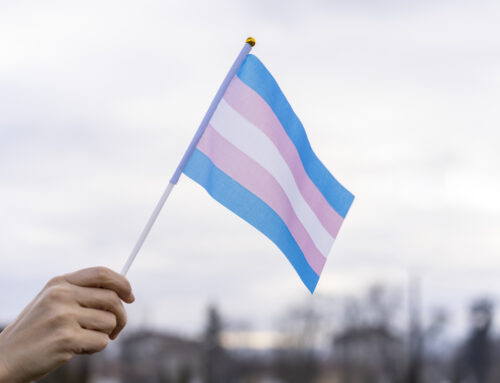“Night Owls” and “Morning Larks” are more than just terms used colloquially to describe people who prefer to go to bed later or wake up earlier. Researchers have studied how different people exhibit different “chronotypes” – a term used to describe when their biological clocks make them naturally inclined to sleep. By using a scale that ranks someone’s “morningness” or “eveningness,” researchers can determine whether someone has a biological preference to be more of a morning lark or a night owl.
Sleep is particularly important in adolescence, a developmental period in which the brain is rapidly maturing and academic demands are increasing in high school. Researchers have observed that many teens tend to be night owls, meaning that they prefer to go to bed later at night and sleep later in the morning. A recent study conducted by Dr. Judith Owens and colleagues with high school students in Fairfax County examined how being more of a night owl (e.g., having a greater eveningness chronotype) impacts daytime functioning. The researchers found that teens with a greater eveningness chronotype displayed more difficulty with self-regulation during the day, including difficulty modulating emotions, behaviors, and cognitions. No connection was seen between sleep duration and self-regulation. That is, the timing of sleep onset was more strongly associated with self-regulation than the overall duration of sleep.
As Dr. Owens put it in a recent NPR article about the study, “The take-home message here is that it’s not just how much you sleep, it’s when you sleep.” Dr. Owens, along with other researchers, has advocated that high schools start later to accommodate many teenagers’ night owl tendencies. Until then, night owl teens can practice good sleep hygiene and try to counteract their natural preferences with an early bedtime.





